Crafting the Perfect Rosé: A Winemaker's Guide.
- 2023-07-07 05:00:00

Rosé wine, beloved for its vibrant color, refreshing acidity, and versatility, is crafted through a delicate balance of grape selection, winemaking techniques, and sensory finesse. Unlike red and white wines, which are made exclusively from red or white grape varieties, respectively, rosé wine can be produced from a wide range of grapes, offering winemakers endless possibilities for creativity and expression. Let's explore the art and science behind making the perfect rosé wine.
- Grape Selection: The first step in making rosé wine is selecting the right grape variety or blend of varieties. While any red grape variety can be used to make rosé, certain grapes are prized for their vibrant color, aromatic intensity, and balanced acidity. Varieties such as Grenache, Syrah, Mourvèdre, Pinot Noir, and Sangiovese are popular choices for rosé production due to their versatility and flavor profiles.
- Harvest Timing: Timing is crucial when it comes to harvesting grapes for rosé wine. Winemakers must strike a delicate balance between ripeness and acidity, choosing grapes with optimal flavor development and acidity levels. Harvesting slightly earlier than for red wine production helps preserve the grapes' natural acidity and achieve the desired freshness and brightness in the finished rosé.
- Gentle Pressing: After harvesting, the grapes are gently pressed to extract the juice, skins, and seeds. Unlike red winemaking, where prolonged contact between the juice and skins is desired for color and tannin extraction, rosé winemaking requires minimal skin contact to achieve the desired hue and flavor profile. Some winemakers opt for direct pressing, while others use short maceration periods to extract subtle color and flavor from the grape skins.
- Color Extraction: The length of skin contact determines the depth of color in rosé wine. Shorter maceration periods result in lighter-hued rosé wines with pale pink or salmon tones, while longer maceration periods produce deeper shades of pink or coral. Winemakers monitor the color extraction process closely, tasting and testing the juice regularly to achieve the desired hue and balance.
- Fermentation: After pressing, the clarified juice is fermented using either indigenous or selected yeast strains. Fermentation may take place in temperature-controlled stainless steel tanks, concrete vats, or oak barrels, depending on the winemaker's stylistic goals. Slow, cool fermentation helps preserve the wine's delicate aromas and flavors, resulting in a crisp, refreshing finish.
- Blending and Aging: In some cases, rosé wines may be blended with a small percentage of red or white wine to achieve the desired color, flavor, and texture. Additionally, some rosé wines may undergo brief aging on lees (spent yeast cells) to enhance complexity and mouthfeel. However, most rosé wines are crafted to be enjoyed young and fresh, capturing the essence of the grape and the terroir in every sip.
- Bottling and Enjoyment: After fermentation and any necessary aging, the rosé wine is carefully filtered, stabilized, and bottled to preserve its freshness and vibrancy. From pale Provencal-style rosés to bold and fruity New World interpretations, rosé wines offer a diverse array of flavors and styles to suit every palate preference. Whether enjoyed as an apéritif, paired with a variety of cuisines, or savored on a sunny afternoon, rosé wine epitomizes the joy and conviviality of wine drinking.
In conclusion, crafting the perfect rosé wine requires a combination of artistry, science, and intuition. From grape selection and harvest timing to fermentation and aging, each step in the winemaking process contributes to the wine's unique character and expression. Whether pale and delicate or bold and fruity, rosé wine embodies the essence of summer in every glass, inviting us to savor life's simple pleasures with friends and loved ones. Cheers to the beauty and versatility of rosé wine!
Henri Fabre, Provence
-
Recent Posts
-

Tequila, the elixir of agave, transcends mere libation to become a symphony of science, art, and alchemy. Join us on an expedition through the intricate world of tequila, where molecules mingle, flavors...
-
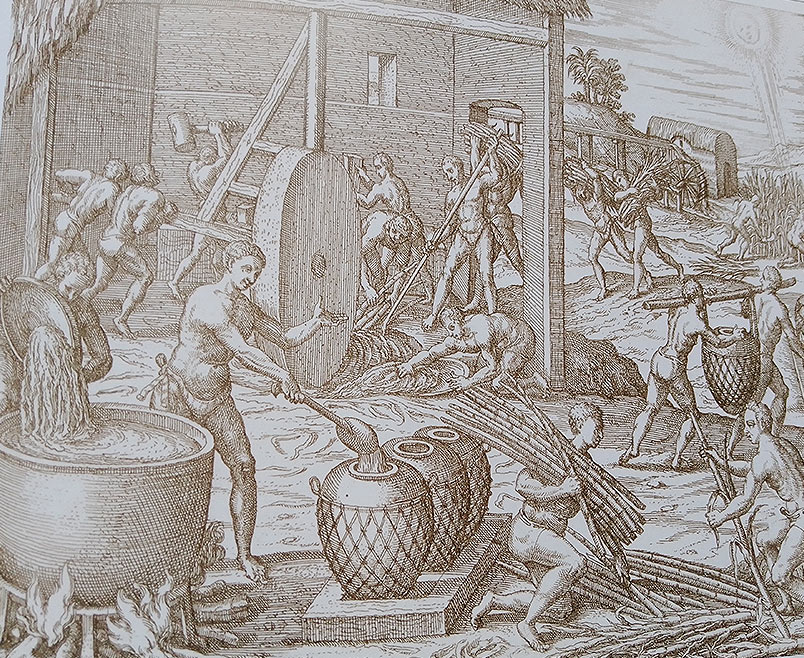
Rum, with its rich flavors and storied past, has woven itself into the tapestry of cultures and traditions around the world. From its origins in the sugarcane fields of the Caribbean to...
-
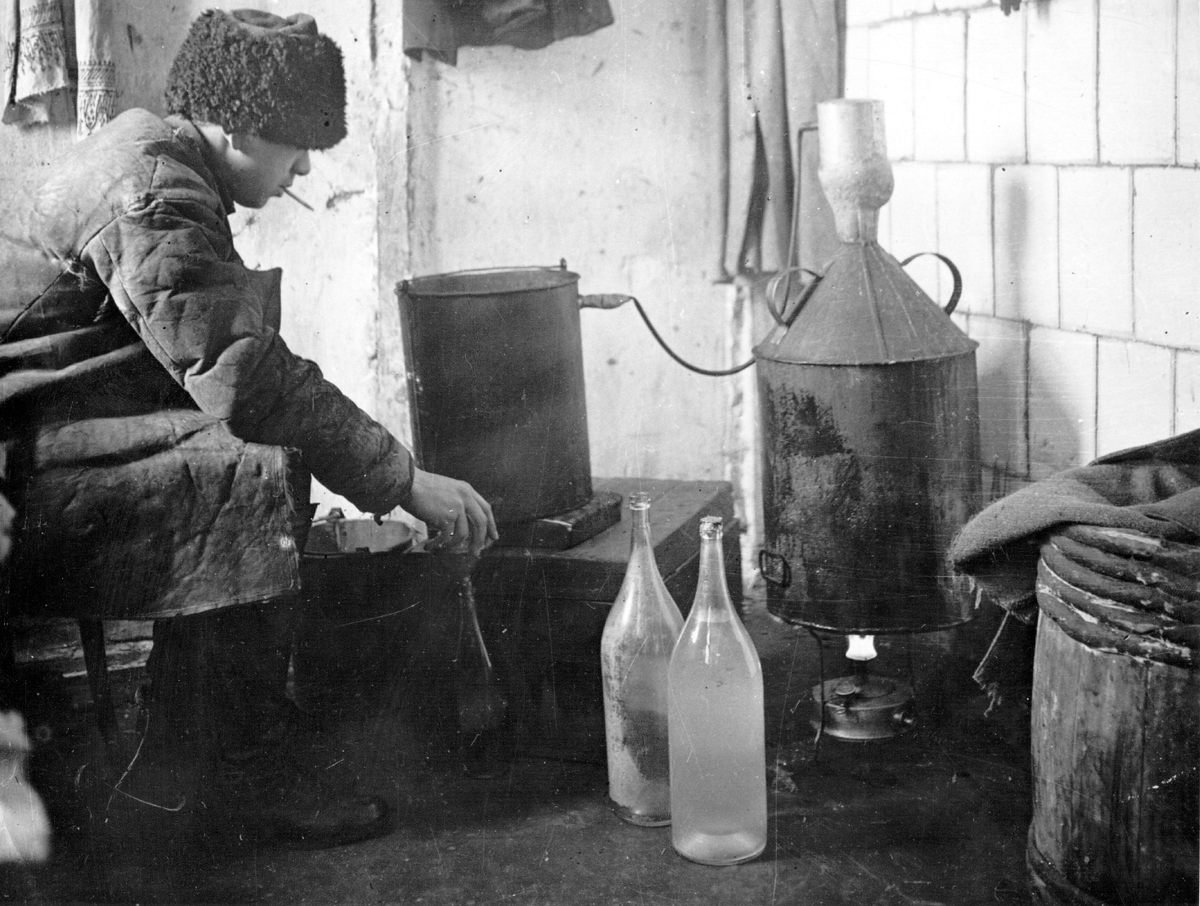
Vodka, with its clear, pure appearance and versatile nature, has a history as fascinating and diverse as the cultures that have embraced it. From its mysterious origins in Eastern Europe to its...
-

Whisky, with its complex flavors and rich heritage, has captured the hearts and palates of people around the world for centuries. From its humble beginnings in ancient civilizations to its global prominence...
-
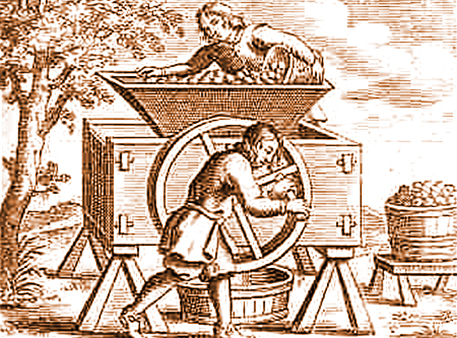
Cider, with its crisp and refreshing taste, has a history as rich and diverse as the apples from which it's made. From its ancient roots to its modern resurgence, cider has been...
-
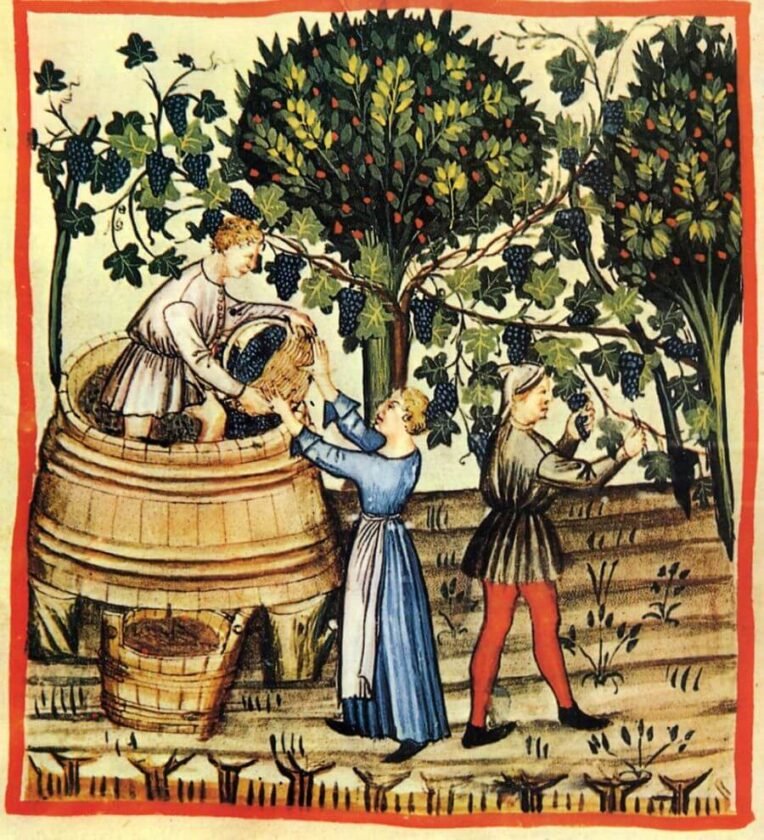
Wine, with its rich tapestry of flavors, aromas, and cultural significance, has been an integral part of human history for millennia. From its humble origins in ancient Mesopotamia to its global prominence...
-
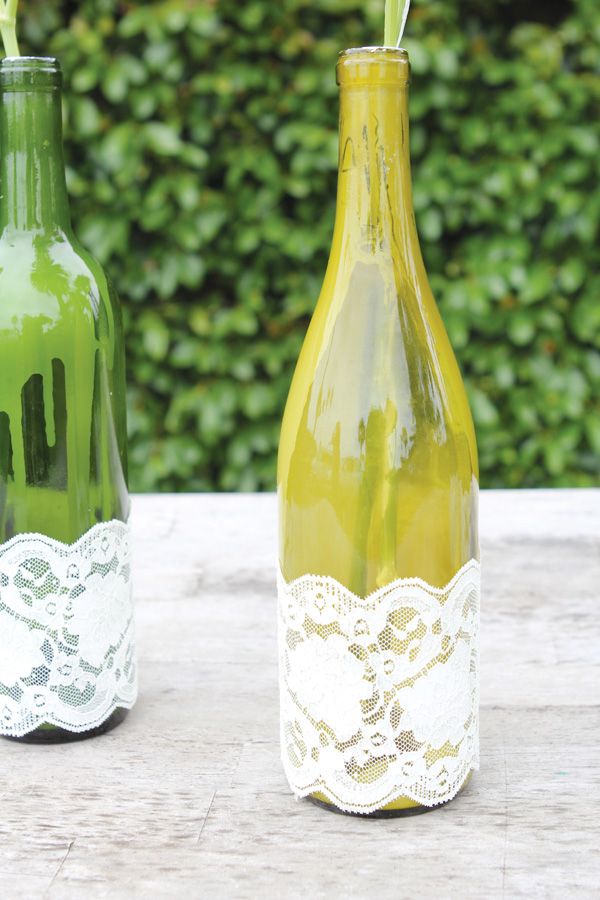
Wine isn't just for drinking—it's also a versatile and inspiring medium for crafting and décor. Whether you're looking to add a touch of wine-inspired charm to your home or seeking unique gift...
-
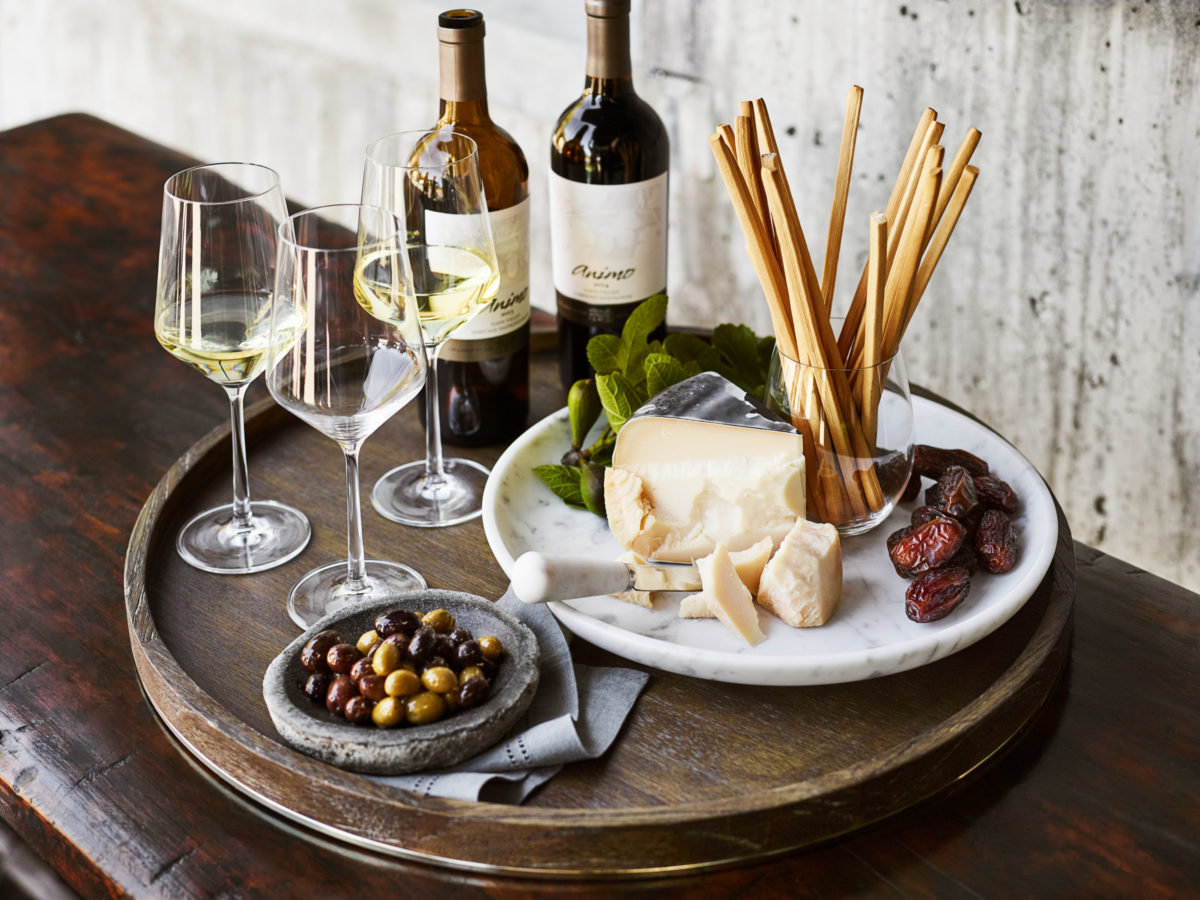
There's no better way to explore the world of wine than by gathering friends and loved ones for a wine tasting party. Whether you're a seasoned oenophile or a curious novice, hosting...
-
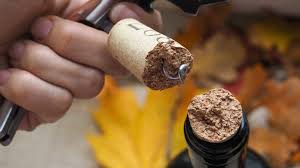
Wine, with its complexity and nuance, is a beverage cherished for its ability to delight the senses and evoke a myriad of flavors and aromas. However, like any agricultural product, wine is...
-
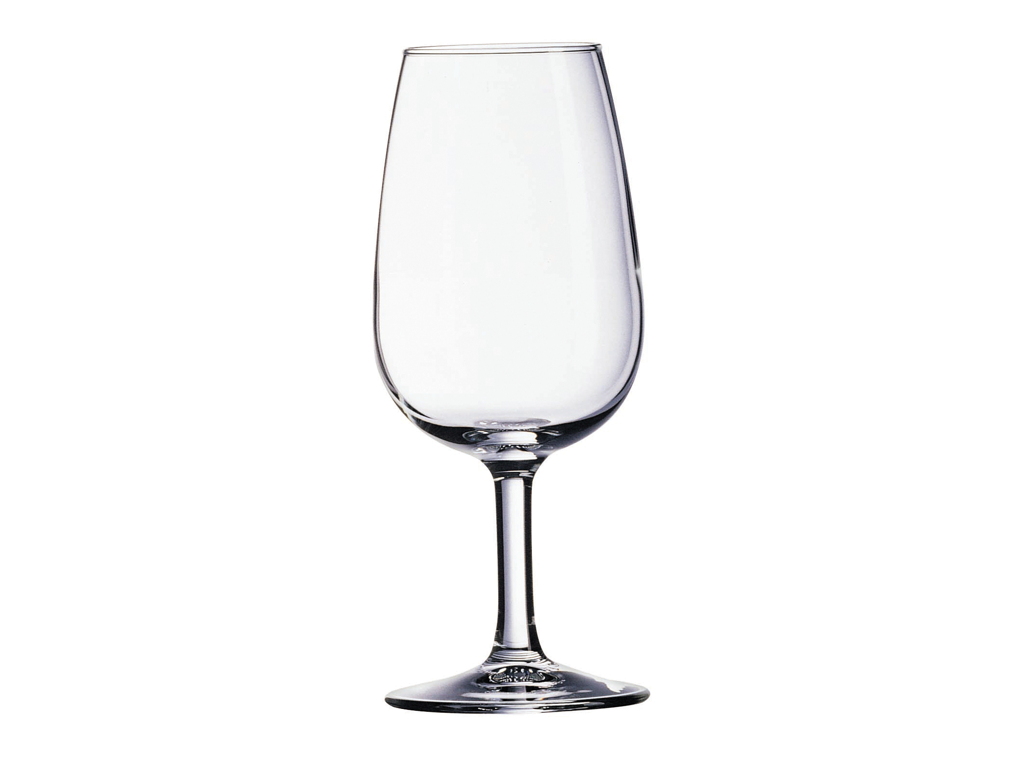
Selecting the right wine glass can significantly enhance your enjoyment and appreciation of wine, allowing you to fully experience its aromas, flavors, and nuances. With a wide array of shapes, sizes, and...
-
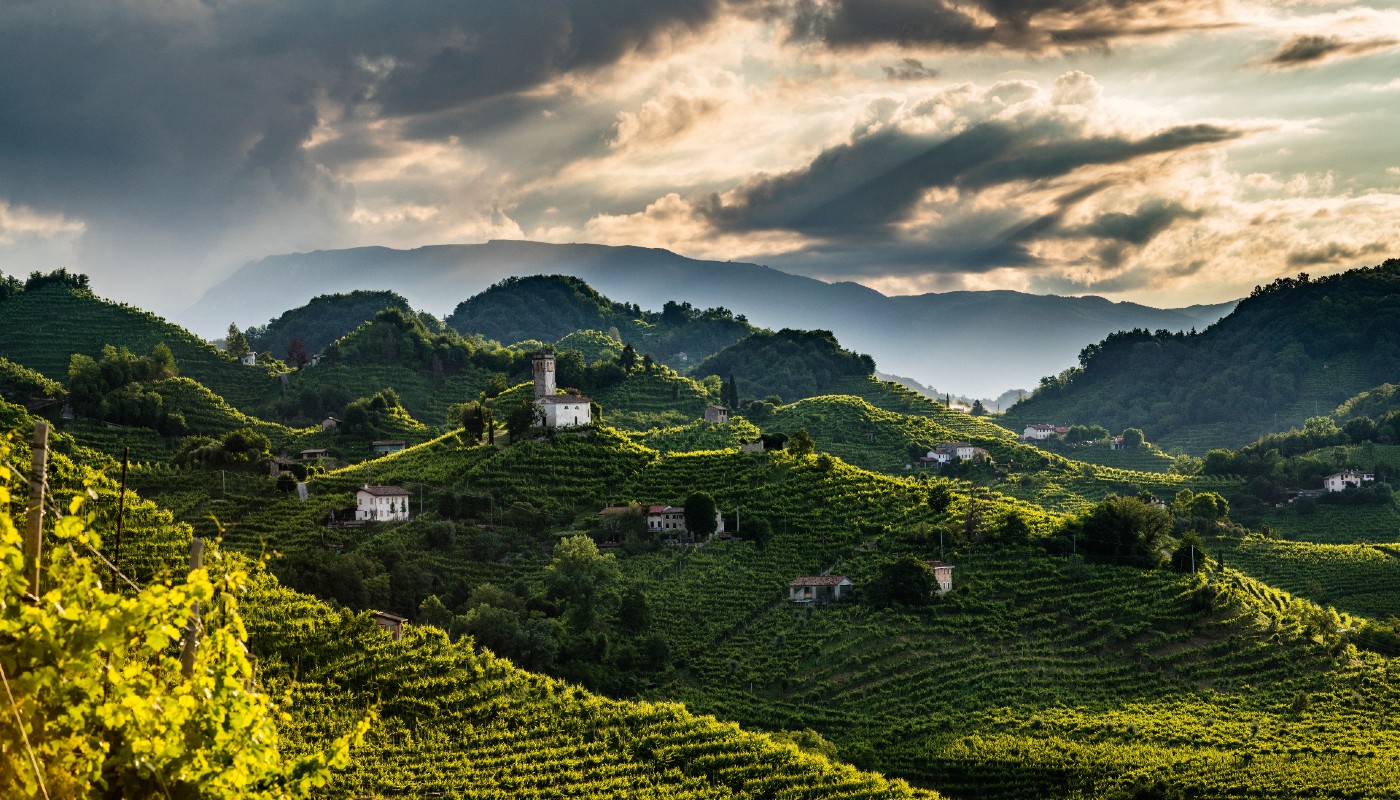
Nestled in the picturesque hills of the Veneto region in northeastern Italy lies the charming town of Conegliano, renowned as the birthplace of Prosecco and the epicenter of Italy's thriving sparkling wine...
-
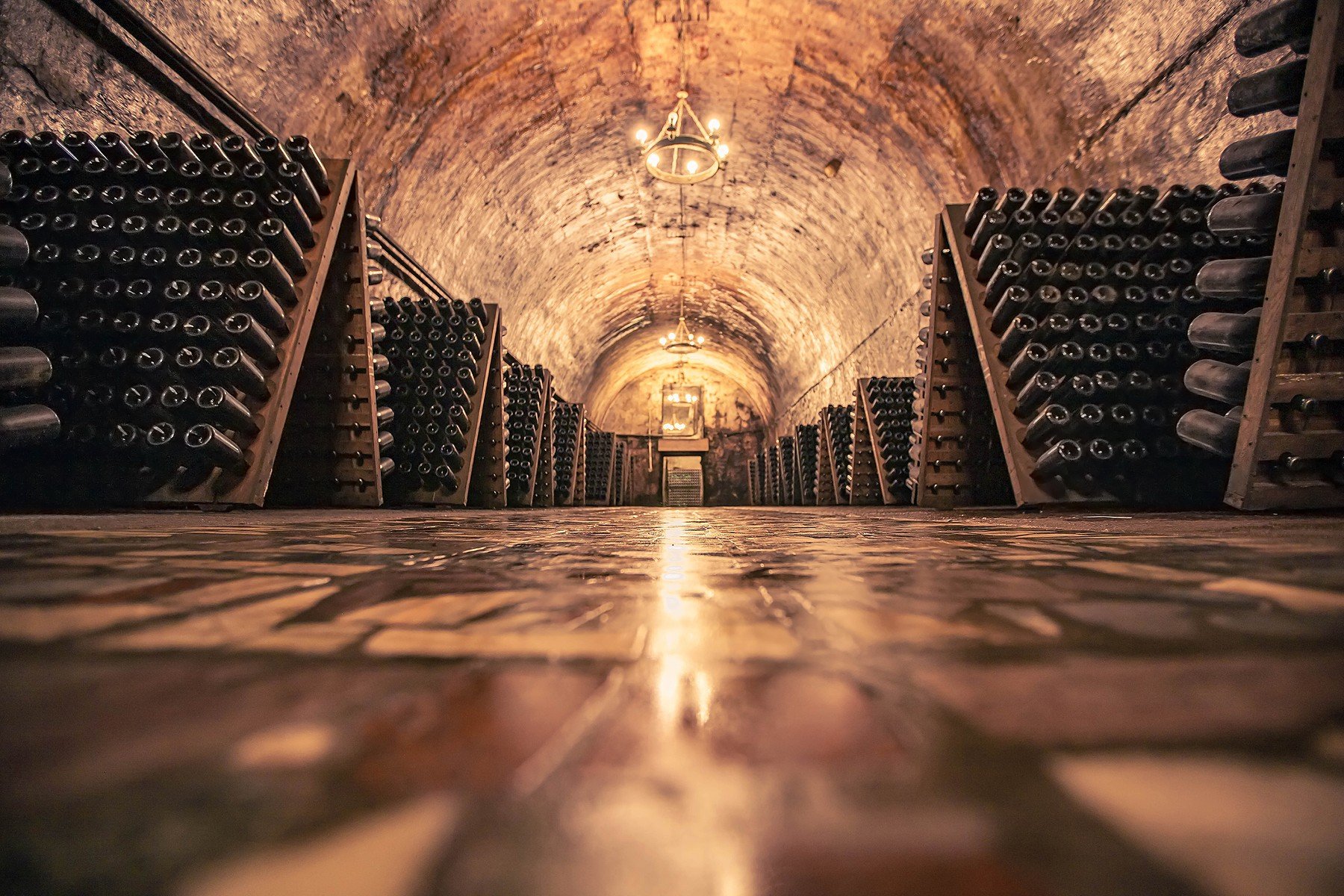
Champagne, the quintessential sparkling wine synonymous with celebration and luxury, is crafted through a meticulous and time-honored winemaking method known as the Méthode Champenoise. From grape to glass, the journey of Champagne...